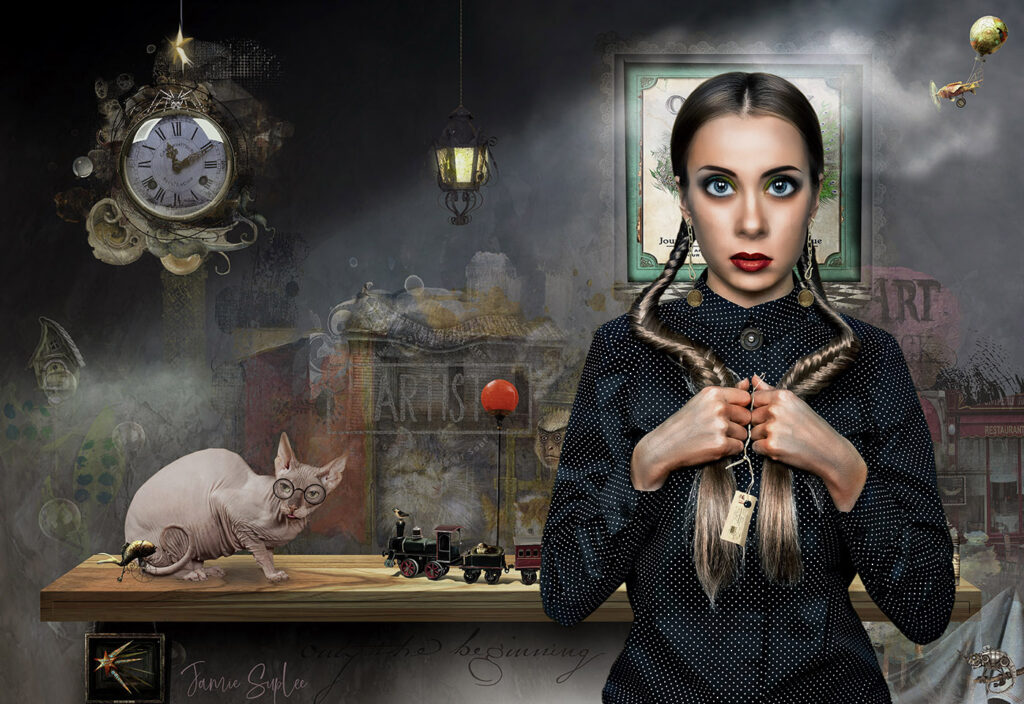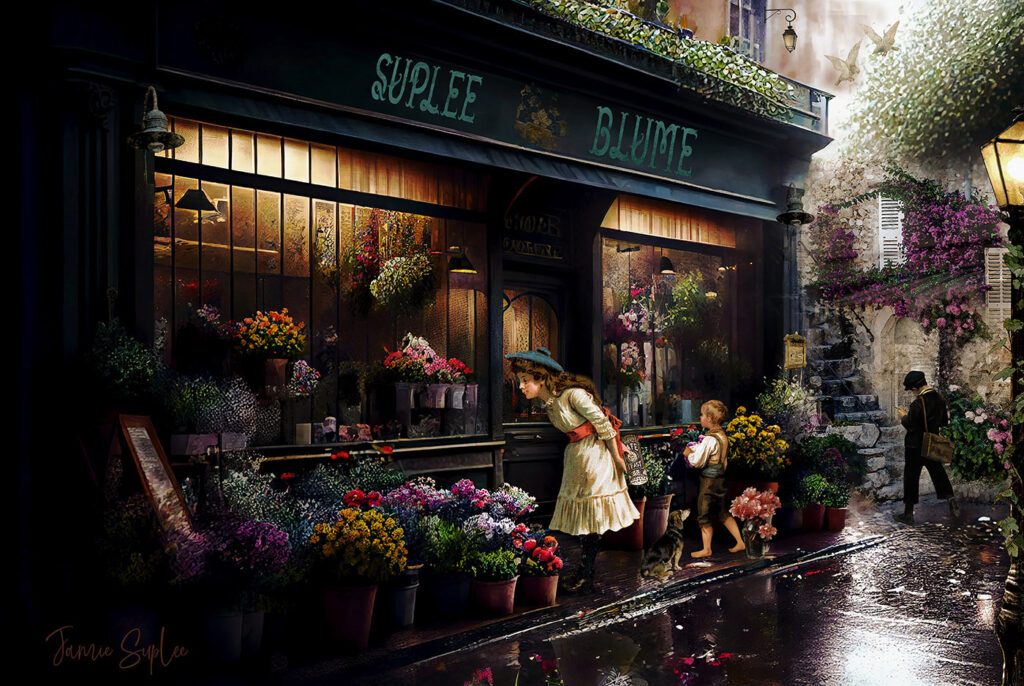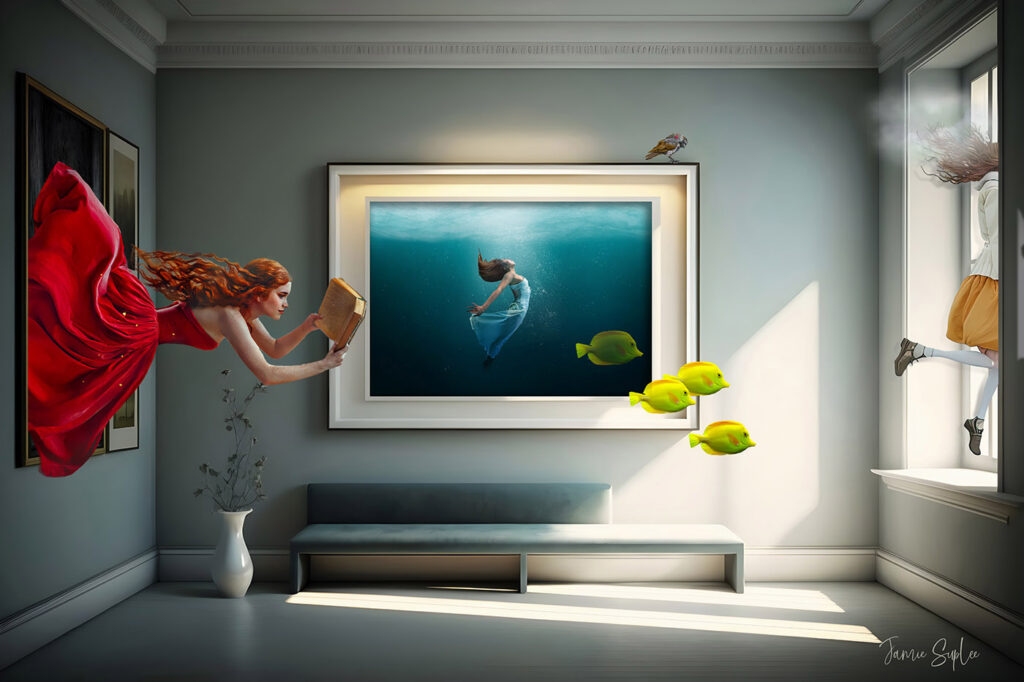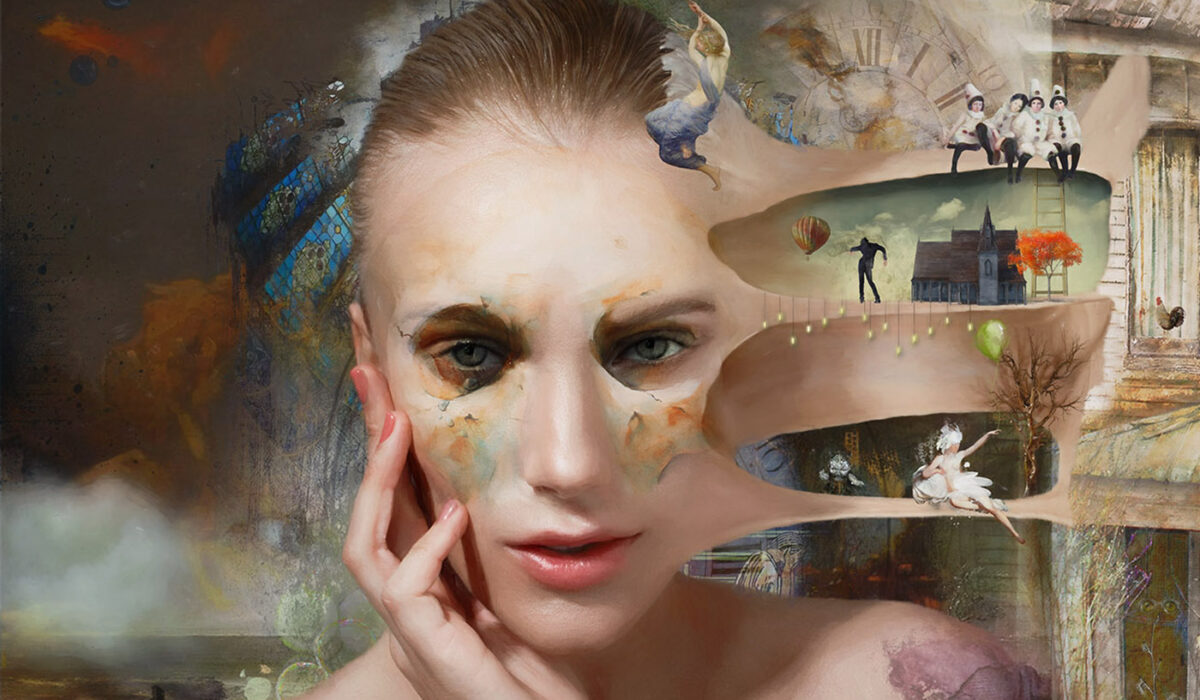— The featured artist of the 98th issue of Living the Photo Artistic Life magazine is AWAKE artist Jamie Suplee I’m happy to be able to share my interview with Jamie here on Quill and Camera . . .
Q: “What inspires your work?”

Inspiration comes from so many places and can be pulled from a range of resources. I’ve found one of the best ways to reignite my creativity is to study the work of artists I admire.
As with many artists, getting creative inspiration from observation and reflection is one of the best ways to develop fresh ideas. I’ve found it can be helpful observing my environment — looking at it as an artist — and reflecting upon the shapes, colors, textures, and sounds I see.
And of course taking photos or making sketches of my observations can be helpful if I want to record and review material later when I’m ready to create something new.
Q: “What does living an artistic life mean to you?”

Being an artist is not about a job or degree; it is a lifestyle. It is about having a passion for your work, seeking continuous improvement, and striving for precision with the highest level of self-motivation.
Modern artists must be visionaries, constantly looking for new ways to push boundaries in their artwork. We do this because art can communicate different things to different people, and our response to art can play a key role in our understanding of the world.
This is why I believe living an artistic life means never giving up on your dreams and never underestimating your ability to evoke emotions or change lives through your creative work.
Q: “How do you approach your work?”
As an artist I feel I have a talent for transforming inspiration into works of art in oil paint or in my digital artistry.

Creativity is the lifeblood of art. For me, the creative process always begins with a sudden spark . . . and culminates in a finished artwork that reflects what inspired me initially.
With my artwork, I always try to bring together a message of sorts (what the piece is) and some kind of story (what it’s really about, or what the viewer might dream up that it’s about). If you aren’t taking advantage of the opportunity to create a story within your work of art, then you’re missing out on a powerful tool.
In a sense, even after I “complete” a canvas, I never consider my artwork to be fully finished. Because I want viewers to take up the artwork find their own stories in the piece … and finish it in their own way.

